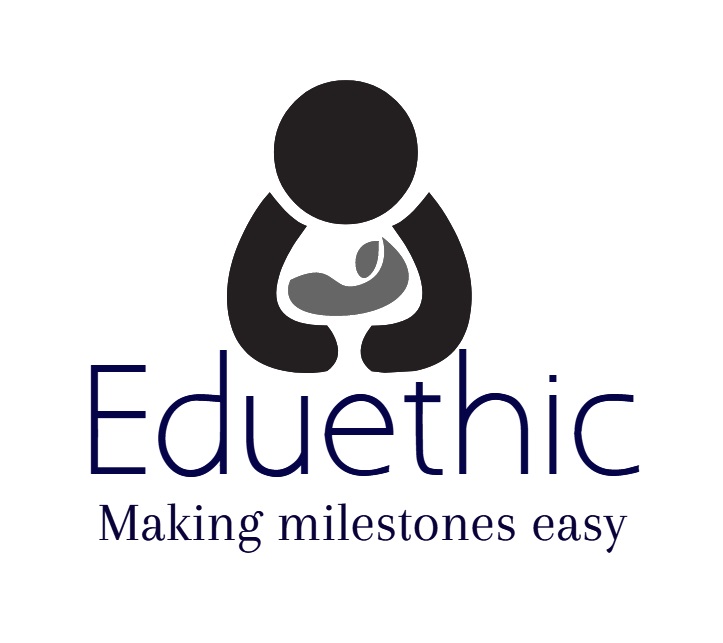Overview:
The Design has taken on a more significant role because of the growing expectations of customers and the depletion of resources, intense competition, and rapidly changing technology. It covers a broad range of industries from mobility design to healthcare and application development and managing knowledge, from communications to lifestyle and space to agriculture. The Design aims to improve the quality of life for people and is the driving force behind a business. This wide-ranging design field has created numerous career options for designers, such as entrepreneurs, design researchers, interface designers, UX researchers, Interface designers, modelers, and others. This exciting new field has attracted massive investment from businesses, entrepreneurs, and even nations.
The year 2005 was when a group dubbed The Design Council studied 63 portfolios of companies trading through the FTSE (Financial Times Stock Exchange) for ten years. The results showed that those companies that emphasized Design were much better than those that did not. They also beat that of the FTSE 100 index by 200 percent.
Program Overview:
B.Design Degree program offered at DSU provides two of the most competitive areas of study:
Students must take the minimum requirement of 160 credits over eight semesters for each specialization. Foundation courses are offered for the two specializations. A credit system based on choice, including at least 12 elective courses, is currently available. Internships in industries or research labs that last at least three months are required. The curriculum places a significant emphasis on projects that include at least five mini-projects, one big project, one research project, and one micro project. Research-based courses and projects are also provided. Continuous Assessment is the method used to evaluate the performance of students. Classroom instruction is supplemented with seminars and guest lectures scheduled each month and industrial visits every semester.
Product Design - Course Structure
Semester 1
• Introduction to Design
• Basics of Computer-Aided Design and 3D Printing
• Photography and Videography
• Basics of Computer Science
• Engineering Mathematics 1
• Engineering Mechanics
• Workshop Practices
• Constitution of India
Semester 2
• Elements of Design
• Mini Project 1: Product Design 1
• Mini Project 2: User Experience Design
• Engineering Basic 1
• Engineering Graphics
• Design Sketching
• Cognition in Design
Semester 3
• Engineering Basics 2
• Design Aesthetics
• Engineering Mathematics 2
• Engineering Physics
• Computer-Aided Design
• Mini Project 3 – Product Design 2
• Introduction to Ergonomics
• History in Art and Design
Semester 4
• Ergonomics 2
• Creativity and Innovation in Design
• Engineering Chemistry
• Design Simulation and Analysis
• Mini Project 4 – Design-by-Analogy
• Material Exploration
• Design Thinking
• Furniture Design
Semester 5
• Research Issues in Design
• Research Methods in Art and Design
• Design Management
• Mini Project 5 – Design Analysis
• Material Exploration 2
• Vehicle Styling
• Advanced Sculpting
• AI applications in Design
• Mechanism Design
• Prototyping Methods in Product Design
• Lighting Design
• Introduction to HCI
Semester 6
• Design for Standards
• Mini Project 6: Design Research Project
• Design for Sustainability
• User Survey Methods
• Design of Smart Systems
• Interior Design
• AR and VR technologies in Design
Semester 7
• Major Project
• Internship
Semester 8
• Major Project contd.
• Additive Manufacturing
• Product Life Cycle Management
• Knowledge Management
• Design for Cost
• Assembly and Disassembly
User Experience Design - Course Structure
Semester 1
• Introduction to Design
• Basics of Computer-Aided Design and 3D Printing
• Photography and Videography
• Basics of Computer Science
• Engineering Mathematics 1
• Engineering Mechanics
• Workshop Practices
• Constitution of India
Semester 2
• Elements of Design
• Mini Project 1: Product Design 1
• Mini Project 2: UIUX in Design 1
• Engineering Basic 1
• Engineering Graphics
• Design Sketching
• Cognition in Design
Semester 3
• Research Methodologies for UX
• Design Aesthetics
• Visual Elements in Design
• Engineering Physics
• Computer-Aided Design
• Mini Project 3: UIUX Design 2
• Introduction to Ergonomics
• History in Art and Design
• Statistics for UX
Semester 4
• Ergonomics 2
• Creativity and Innovation in Design
• Engineering Chemistry
• Usability Testing
• Mini Project 4 – Design-by-Analogy
• Material Exploration 1
• Design Thinking
• Furniture Design
Semester 5
• Design for Culture and Emotions
• Course on Liberal Studies:
• Introduction to Research in Art and Design
• Material Exploration 2
• AI applications in Design
• Lighting Design
• Mini Project 5 – Usability Testing
• Information Flow, Wireframe and Navigation
• Application Design for Mobile and Desktop
• UX Approaches for Agile Environment
• Introduction to HCI
• Prototyping for UX
• Animation Design
Semester 6
• Design for Standards
• Mini Project 6: Design Research Project
• Design for Sustainability
• UX for Smart Systems
• Ideation Methods for UX
• Interior Design
• AR and VR technologies in Design
• Emerging patterns in Interface design
• Design Semiotics and Semantics
• Typography
• Packaging and Branding
Semester 7
• Major Project
• Internship
Semester 8
• Major Project contd.
• Knowledge Management
• Design for Cost
Specifications
Designer of Products Course Categories (Core + electives)
UX Design
Class Categories (Core + electives)
-
Foundation Courses
-
UX Management
-
User Research
-
Design Aesthetics
-
Interaction Design
-
Usability Testing
-
UX is used for Smart Systems.
-
Communication Design
-
Research-based Courses
-
Courses based on Projects
-
The courses offered in Liberal Studies
-
Humanities and Humanities
-
Internship
-
Major Project
Salient Program Features
-
The curriculum is an overall view of Design.
-
The curriculum is designed based on the latest research and market developments.
-
The project-driven curriculum helps students apply their knowledge creatively and acquire skills for the future. Students are taught and encouraged to publish these projects.
-
A credit system that is based on choices assists students in pursuing their interests.
-
Including courses based on research and projects provides research-oriented instruction and encourages students to explore research as a career.
-
A strong emphasis on internships ensures that students know the current demands of the market and expectations for professional work.
-
The engineering ecosystem of Design at DSU can facilitate multidisciplinary collaborative projects.
-
A design ecosystem is due to many software and manufacturing companies in Bangalore.
Recruiters For On-Campus Placements
-
Software
-
Automobile
-
Manufacturing
-
Marketing
-
Packaging
-
Branding
-
Healthcare
-
Architectural Firms
Eligibility Criteria For Admission
Students who have a minimum of 50% in Class XII from Commerce, Science Arts, Humanities, and Sciences can apply.

 0
0






 @2025| eduethic.com All Rights Reserved
@2025| eduethic.com All Rights Reserved